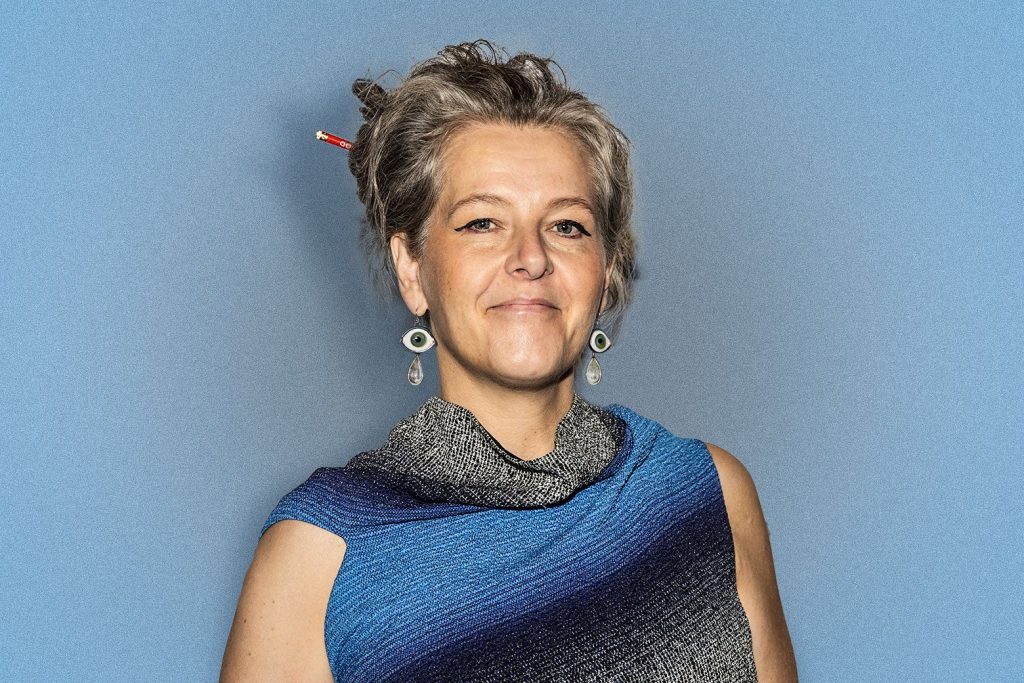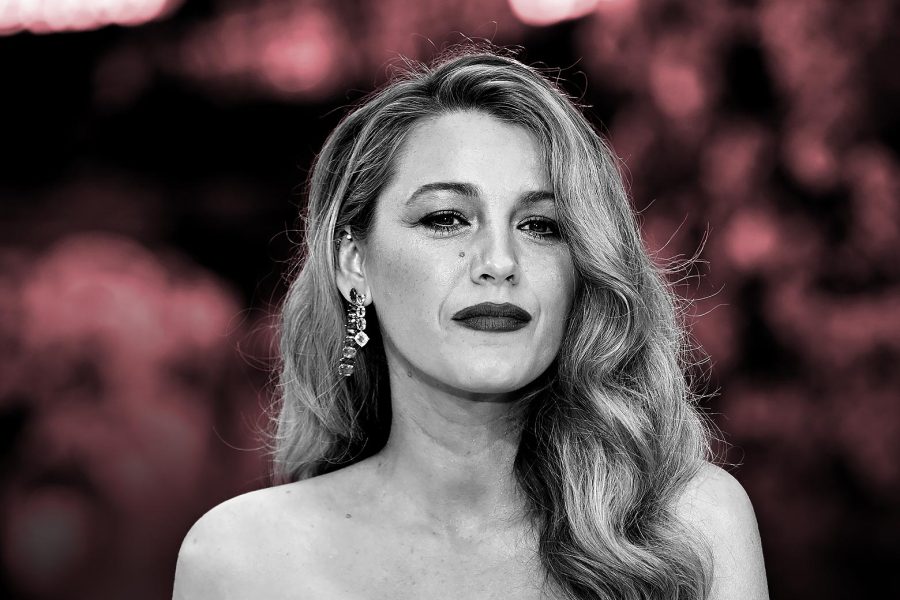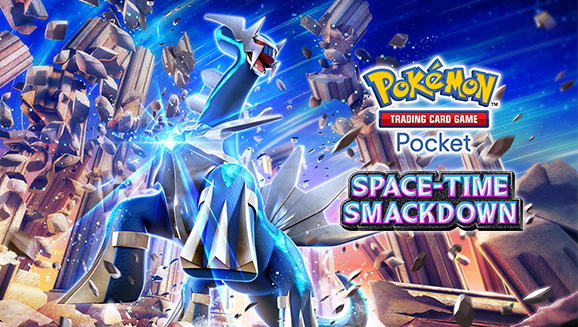Neko Case Wrote a Haunting Memoir. She Had to Survive the Unimaginable. – Slate

The singer-songwriter Neko Case’s new memoir is a superhero origin story. But here, instead of an anonymous mugger gunning down the parents, sending pearls scattering over the pavement, it’s the parents themselves wielding the weapons, like their own parents behind them—and nobody can afford any pearls. Rather than growing up to wear a bat costume to frighten evildoers, the emotional orphan in this story transforms into a bat on the spot and flies away. (She was legally emancipated by age 15.) She navigates her life from there by echolocation, her supersonic cries reflecting off other places—from city to city, rented room to borrowed couch to tour van—and off other people’s hearts, in search of safe harbor but never expecting to find it.Thankfully, those bat signals happened to become the songs that have made Case one of the most acclaimed, if never quite commercially embraced, artists in contemporary American music. Her work draws equally on country (her grandmother was said to have lived down the road from Loretta Lynn), Pacific Northwestern punk (Case grew up mostly in Washington state—she cites the noir atmospherics of David Lynch and Twin Peaks as another primary influence), and what she calls “the great Eastern sadness,” tracing back to her family’s Ukrainian origins and their folklore.Across seven solo studio albums since the late 1990s, and as a member of the Vancouver-based indie-pop collective the New Pornographers, Case’s singular, darkly soaring voice has pulled listeners in like a cyclone whose sublime centrifugal power comes with a force you sense could turn deadly if you get too close. In fact, the 2009 album that earned her two of her three Grammy nominations was called Middle Cyclone and included a song called “This Tornado Loves You.” As if conscious of that risk, Case often has held her listeners at a certain distance. Her lyrics are full of feeling, but it’s channeled through imagery from nature, dreams, and mythology that’s not easily parsed for personal information.But certainly there have been hints. When she debuted “Hold On, Hold On” in the mid-2000s, she used to label it as her only truly autobiographical song. (Here she is, performing it on Conan O’Brien’s show in 2006 with its co-writers, Toronto band the Sadies.) When I saw her play last fall, she still called it the best she’d ever written, though I think it has some rivals. It begins with the lines “The most tender place in my heart is for strangers/ I know it’s unkind, but my own blood is much too dangerous.” More recent albums have offered more indications of the source of that danger.The new book takes its name from the second half of her 2013 album title The Worse Things Get, the Harder I Fight, the Harder I Fight, the More I Love You, the one that earned Case her other Grammy nomination. There, the track “Nearly Midnight, Honolulu,” made up solely of spellbinding vocal layers, recounts her witnessing of a mother verbally abusing her young child at a Hawaiian airport bus stop. Case sings to that kid, knowing that someday they might doubt their own memory, assuring them it really happened: “They won’t believe you when you say/ ‘My mother, she did not love me/ My mother, she did not love me.’ ” When Case sings that line the second time, you know she’s talking about not just that kid’s mother.It feels taboo now to talk about unloving mothers, the stuff of psychoanalytic misogynistic blame games. Perhaps that’s why I reach for other narratives, even Batman, to impart what the story of The Harder I Fight, the More I Love You is like—because a reviewer hesitates to repeat some of the literal events of Case’s childhood. They are difficult to talk about, in one case “so bizarre” that, Case tells the reader, she herself is “reluctant even to tell it, as it’s completely unbelievable.” But also they feel like plot twists you shouldn’t give away, as if the book were a thriller. Need it be said that something’s very wrong when describing a little girl’s life feels as if you’re outlining a Stephen King novel? Or, more precisely, a Shirley Jackson story, such as We Have Always Lived in the Castle, whose teenage narrator “Merricat” says, early on, “I have often thought that with any luck at all I could have been born a werewolf … but I have had to be content with what I had.”Case’s mom and dad were teenagers who got pregnant the first time they had sex; the couple were both unprepared and—due partly to legacies of abuse on both sides that Case finds out about from other relatives years later—deeply unsuited to be parents. She describes her mother as a “love grifter” who would approach only to withdraw again, sometimes indifferently, sometimes with great hostility, and once—the “completely unbelievable” occasion—by staging an outrageous hoax (abetted by relatives) as an excuse to disappear. It took Case until near middle age to grasp the full extent of the lies perpetrated against her. Later, her mother and various partners would move her around the country fitfully, sometimes seeding the temporary promise of a new and better home before sending her packing back to her father.Back in Tacoma and other small towns in Washington, her father performed his duties as remaining caregiver to the extent of his very limited abilities, mostly leaving her to her own devices while he worked during the day and sucked a bong in his chair at night. She pictures them at times as “two zombies rattling through the house.” The nadir there comes when her father’s sister moves into their place with her bullying husband, who imposes Seventh-day Adventist beliefs on the household, labeling all the music and movies the young girl loved—and occasionally could bond over with her father—as satanic and obscene. Her passive, numbed-out father just went along, desperate himself for some salvation. (The song “My Uncle’s Navy,” on her most recent album, 2018’s Hell-On, clearly stems from these experiences.)But even in marginally better times, aside from brief respites staying with her beloved grandmothers, Case was simply left abandoned—way beyond typical 1970s and ’80s “latchkey kid” status—to feral wallowing. She would get chased home by bullies from school, feet wet in shoes with blown-out soles, to sit watching the tiny black-and-white TV on the “stained, rust-colored carpet in the middle of piles of pet hair and salt,” so hungry she was snacking on flour and raw rice and pasta in the freezing-cold living room until her dad came home well after dark. In one detail so gross I will never forget it, she remembers she would pick fleas off the dog and cat, “bite their tiny heads off, and spit them into the grill of the shitty Superelectric Instaheat space heater, where they would mingle with dog hair and fry next to the fluorescent orange ribbon of heat, making a smell that was too disgusting to even try to describe.” In between stupid sitcom reruns (Gilligan’s Island, The Brady Bunch), there would be news flashes about the Green River Killer, whose menace hung over the local woods and highways. This all went on for years.As symbolized by the serial killer, in the story of a young woman so unprotected, the threat of imminent sexual violence feels ever-present. And it does come. If anything, as a reader, I must admit I was relieved there was not more and worse—credit Case’s own survival instincts for that.But then, later in her teens and into her 20s (by then relocated to attend art school in Vancouver), she is miraculously able to find her own creative voice, and people to explore it with. Perhaps she would have had that drive no matter what—who can say—but her background does supply her with a voracious need to escape her past and to express her anger and confusion. Music always had served her as a refuge, and in the indie-punk scene she would discover community and a kind of found family, at a time when riot grrrl and other shifts were opening more possibilities for women, particularly in the Northwest scene. (She didn’t go to school in Olympia, but it wasn’t far away.)Like many performers, she probably was left by the hurts of her childhood with a craving for attention and affection—in her case combined with a more-than-healthy dose of defensive bravado that helped her care less what anyone else thought. As Case writes in the preface, “I grew up believing I was nothing, and sometimes my insignificance wracked me with pain. But luckily, somewhere down the line, I came to realize that if I’m nothing, and I have nothing, what is the real risk of putting myself out there?” Or again, later, “You yell your feelings at strangers through a stinky microphone because you don’t have the upbringing to know that you shouldn’t, obviously.”
By Neko Case. Grand Central Publishing.
Slate receives a commission when you purchase items using the links on this page.
Thank you for your support.
As the second half moves away from the family story and into her music career, the writing loses some of its intimate tension. There are evocative, often hilarious stories about the life of touring, and brief but insightful stretches about songwriting: “Songs are part homemade diorama, part gerbil maze, and part eighties music video—location, story arc, and cinematic container. … An impression or phrase builds a little fire of feeling that causes you to react with construction paper and Popsicle sticks and grade-school poetry and Scotch tape. You work simultaneously forward and back from the middle … and you need to build it so you can live there, too.”But we are not made privy to many of the goings-on and dramas of her more recent personal life. So some chapters feel less essential, and more like stray thoughts and anecdotes, until she returns late in the book to her parents’ later lives, some mature reflections and a few secrets learned only later. I’m grateful, however, that she spends almost no time decoding her songs themselves or correlating them with these personal stories. Unlike many artists in the 2020s, she lets their mysteries be.The memoir does make some parts of her persona much easier to understand. For instance, Case can have an explosive temper. At that last show I attended, she reamed out someone in the audience for smoking weed (an admittedly ridiculous thing to do in the front rows of an indoor venue) with a volcanic fury. As her New Pornographers bandmate A.C. Newman told the New York Times earlier this month, “Sometimes, when Neko was being kind of hard to deal with, I’d always have that in the back of my mind,” back when he knew parts of her story most people didn’t. “Like, I can’t tell you guys, but holy [expletive].” I’d normally want to argue with someone who, as Case does in the middle of the book, writes skeptically about forgiveness and advocates trusting your “contempt.” But I can’t bring myself to do that here.A lot of people accept that kind of anger more easily from men than from women, and this onetime tomboy often refers to her in-between feelings about gender. When she enters adolescence, she’s annoyed and resentful to find herself attracted to boys, and she still regards herself now as really neither man nor woman—she sings about this in the track “Man”—but perhaps an ancient, pre-patriarchal horse-mounted warrior or, better yet, a “critter” herself. Referring back to the Slavic legends her grandmother told her, Case also came to see her role as an artist as a “psychopomp,” a supernatural trickster or animal figure whose cryptic advice helps conduct a hero through their quest or a soul to the afterlife. This is part of the identification with animals—most profoundly horses, but also deer, birds, dogs, and sometimes more predatory creatures, like wolves, tigers, killer whales—that runs through the book and songs like “I’m an Animal,” “Wild Creatures,” “The Tigers Have Spoken,” and “People Got a Lotta Nerve” (whose chorus repeats “You know that I’m a man, man, man-eater/ But still you’re surprised when I eat ya”).But that is about not just gender. It’s about the hidden violence of class. Frankly, there are not a lot of Case’s peers in the indie, artsy music world who made it there with such scant privilege and security to fall back on. You might like to think a girl like her would get more help today than four decades ago, but I’m not so sure. Case’s memoir stands beside landmarks like the late Dorothy Allison’s Bastard Out of Carolina as witness to and immersion into the havoc wreaked by the unacknowledged American class system on a vulnerable child. Her animal alter egos can be mythopoeic and mystical, animist and cosmological, but they also seem like a side effect of being dehumanized throughout her early life, of all those years of feeling “feral” and “beast”-like: I don’t deserve to be a person, so I’ll be an animal. As she sings in “Pitch or Honey” on Hell-On, “The only thing that makes me smile/ Is to remember that I’m beloved of the wild.”It’s through Case’s extraordinary imagination and resilience that she’s managed to make so much out of her inner were-creature. That’s why she’s the one up on the stage. (And for those waiting impatiently, a new album is also due later this year.) But seeing her there, you have to think of all the other children who weren’t gifted or lucky enough to rise above such denials of their humanity. She stands there in the name of those drowned ones, flanked by her beast companions on her own ark, riding the sonic waves out of the flood.Listen to Carl Wilson’s companion playlist, drawn from 28 years of Neko Case songs sharing the themes of her memoir. You can also stream it on YouTube, Tidal, and Apple Music.
Thanks for signing up! You can
manage your newsletter subscriptions
at any time.
Slate is published by The Slate
Group, a Graham Holdings Company.All contents ©
2025
The Slate Group LLC. All rights reserved.
Source: https://slate.com/culture/2025/01/neko-case-book-memoir-songs-lyrics-new-pornographers.html






